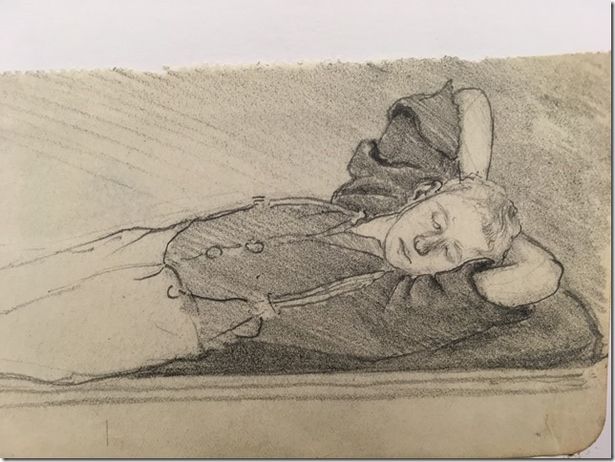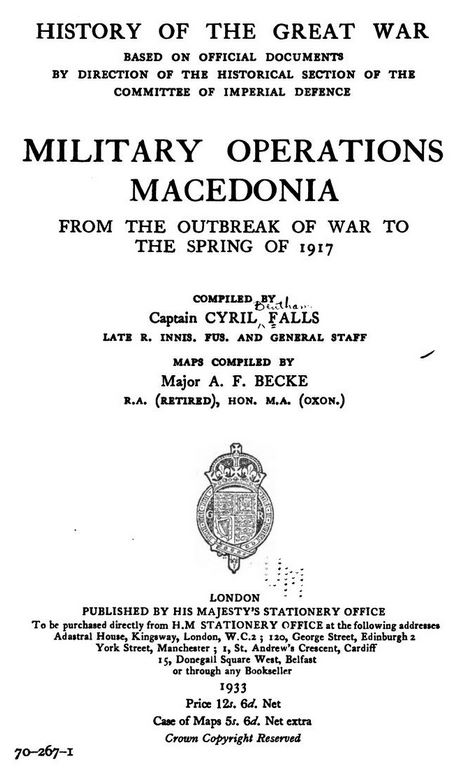Author Steve Blandford got in touch with the society recently to share news of his new novel, Iant. Much of the novel is set in Salonika and is based on his grandfather’s experiences. As I haven’t read it (yet), it’s best to leave the introduction to Steve himself:

“My recently published novel Iant was inspired by my grandfather, David Owen, who died in 1956, aged 59. I knew little about him as I was two when he died, but the few stories I was told stayed with me and I finally got around to weaving some of these into a novel.
Some of what I was told concerned his service in and around Salonika during the later part of the First World War.
I am not a historian of course, though I have tried to base what I have written on some credible writing about the Salonika Campaign. If I have made errors then I apologise, though it is important to reiterate that Iant is a work of fiction.
What became clear to me as I began to write this section of the book was how little is known about this part of the war, at least by the wider public. I was finishing a new draft of Iant during the celebrations of 2018 and little was made of the Salonika Campaign in the wider media. I felt pleased therefore that I had perhaps made a very small contribution at least to a wider sense of a fascinating time and place where so many died and suffered.
The story of Iant Evans is only partly a story of a young man sent to fight of course. I was also very interested in the impact of such experiences on men and women who returned to the small places from which they came. How did they try and remake their lives and relationships?
In the case of my grandfather, one thing he coped with was the terror of temporary blindness, though in the novel this leads him to a very different set of experiences. His blindness became the inspiration for the cover of the book which was produced by my daughter, Beth Blandford, an illustrator whose work can be found via @blandoodles. The book therefore provides a thread across three generations.”
I’ve often wondered about the emotional and physical impact of the campaign on my own grandfather, a 16 year-old enlistee from rural Gloucestershire, who returned home in December 1918 seriously ill with malaria , so I very much look forward to reading Steve’s exploration of Iant’s war service and post-war life.
The book can be purchased from Cambria Books or as a paperback or e-book from Amazon.
A final thought from Steve: “I am so glad to have been put in touch with the Salonika Campaign Society. The scope of what it seems to have achieved looks remarkable. If anyone would like to contact me about Iant please do get in touch.”
- Steve.blandford@southwales.ac.uk
- Facebook via: @Iantthenovel
- Website: https://steveblandfordwrites.wixsite.com/website
- Cover design by Beth Blandford: https://blandoodles.com/








 The Society is pleased to announce that a comprehensive bibliography for the Salonika campaign is now available on our website.
The Society is pleased to announce that a comprehensive bibliography for the Salonika campaign is now available on our website.